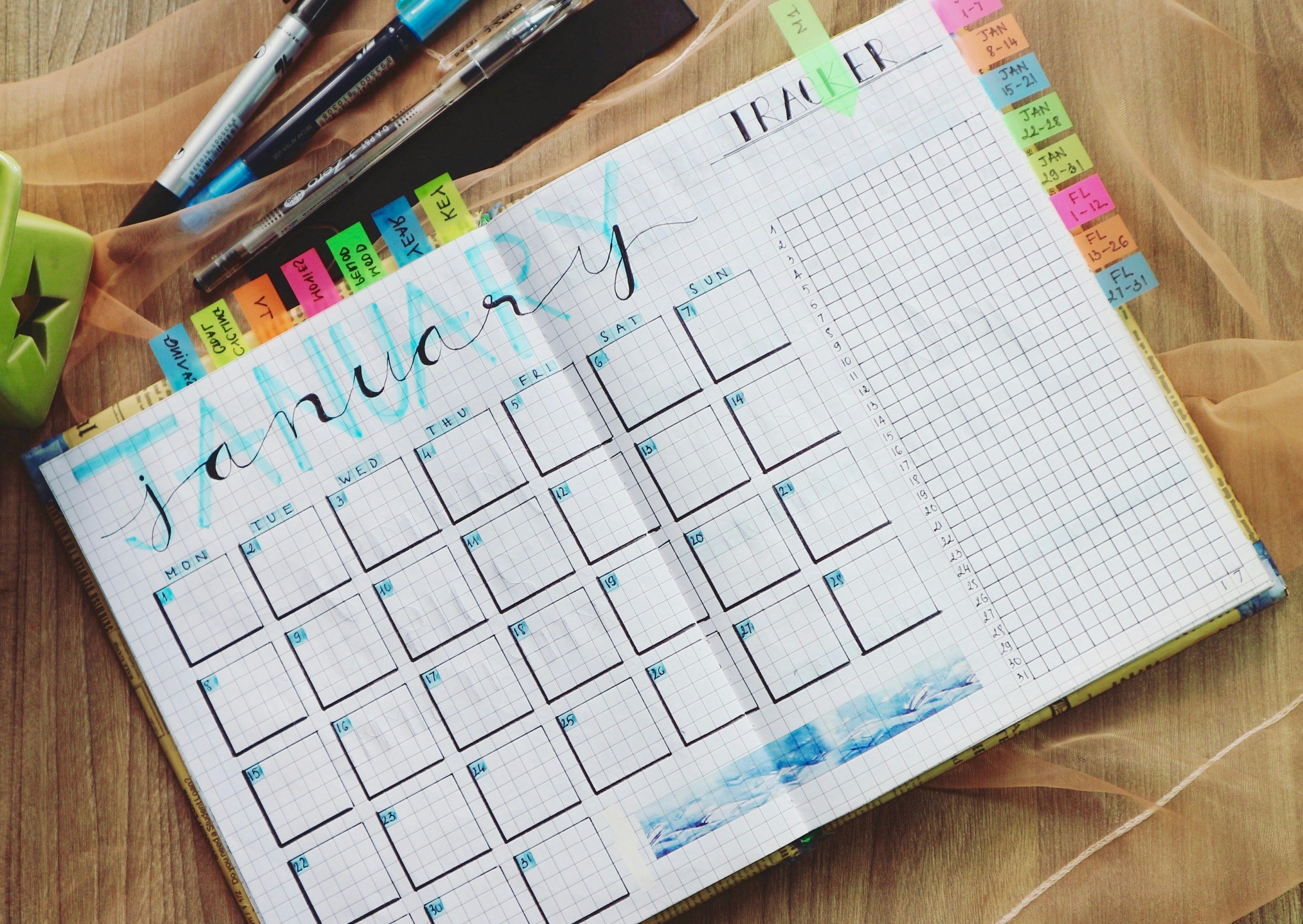
Jun 12, 2018
For more complex tasks – an exam or major assignment – students can utilize reverse planning to train their eyes on the goal, and work backwards through the steps to achieve it.
Most students will be familiar with creating a study plan, especially for a big ticket item, like the SAT or ACT, or a college final exam. Study plans help make complex tasks manageable by breaking them down into smaller tasks that lead to the ultimate goal.
In this way, most study plans are forward-looking: follow these steps, achieve this goal. But have you ever planned in reverse? Some researchers think reverse planning – in other words, how we plan – could be more beneficial for complex tasks.
The Benefits of Reverse Planning
With reverse planning, your student considers the critical steps and obstacles from the point of view of having achieved the goal. In fact, a recent study of 44 undergraduates found that reverse planning could affect students’ actual outcomes, by making the path forward "seem clearer and more positive."
In addition to the increased focus and motivation, reverse planning can teach your student valuable “executive functioning” skills, such as time management and handling the stress of study.
More importantly, your students will have the benefit of thinking through their goals, which is an asset in itself for college-bound high schoolers or college seniors.
Ready to Hit Reverse?
In reverse planning, the goal, not the first steps, defines the planning process.
For example, say your student’s goal is to achieve a 1600 on the SAT – the highest score possible. Your student would begin with that goal and begin planning backwards each of the tasks to achieving the goal:
Boiling down the process, reverse planning involves identifying:
The ultimate goal – Have your student write down their end goal, whether it’s acing the big exam or getting into their college of choice, and when they plan to achieve that goal.
The last steps, first – What is your student’s final step to achieve their goal? By thinking critically about how they actually reach their goal, your students can crystallize their focus and identify any major hurdles in the way.
Next steps back – Your student then defines each step backwards, reflecting on what’s needed to achieve the milestone that they’ve just identified.
The first step – Working their way from finish to start, your student should have a better sense of what they can achieve – and how and by when.
Working with Students
Tutors may likely find that students know how to forward plan, but will need some help getting used to the reverse process. Guide your student step-by-step through the reverse planning process, starting, remember, with setting their goal. It might be useful for your student to prepare both forward-looking and reverse plans, which you can then discuss the strengths and differences of each approach.
Researchers are still looking into the power of reverse goal setting. In particular, how “future retrospection” – looking at future events as if they had already occurred successfully – can motivate and direct students to achieve their goals.
By focusing efforts on goals and the roadmap to reach them, reverse planning is a great addition to students’ toolkits – and one they can apply to their careers and beyond.
